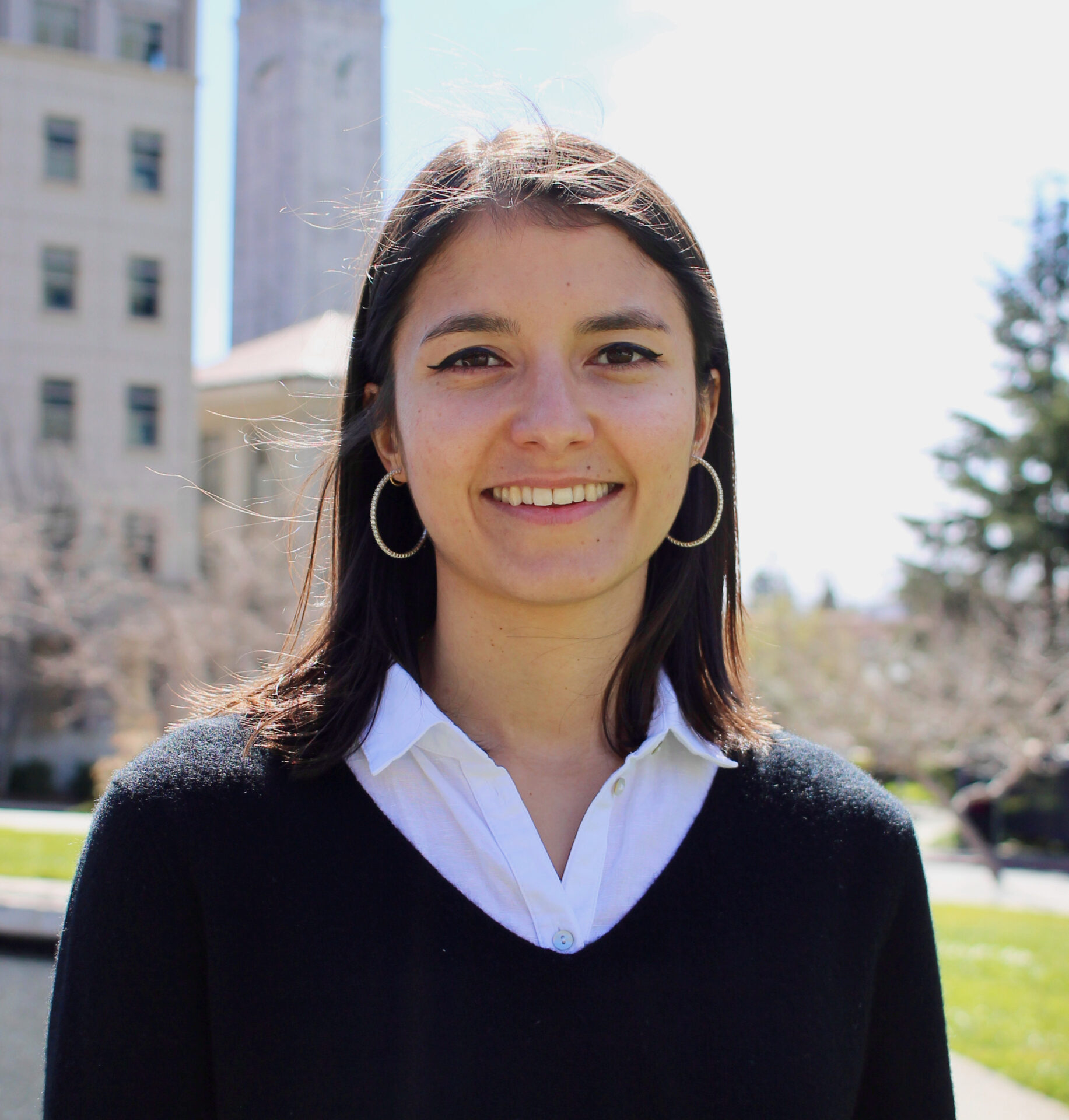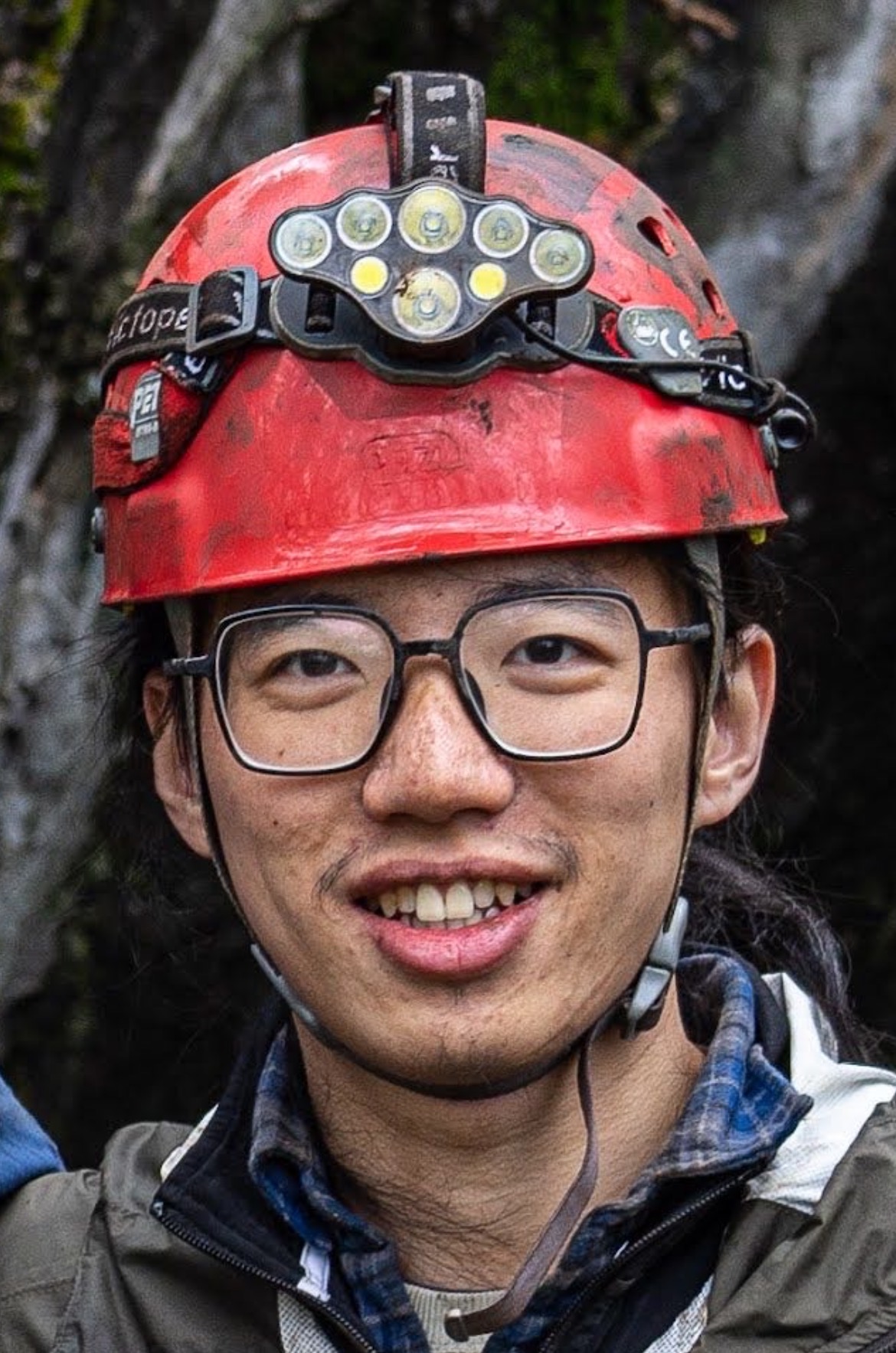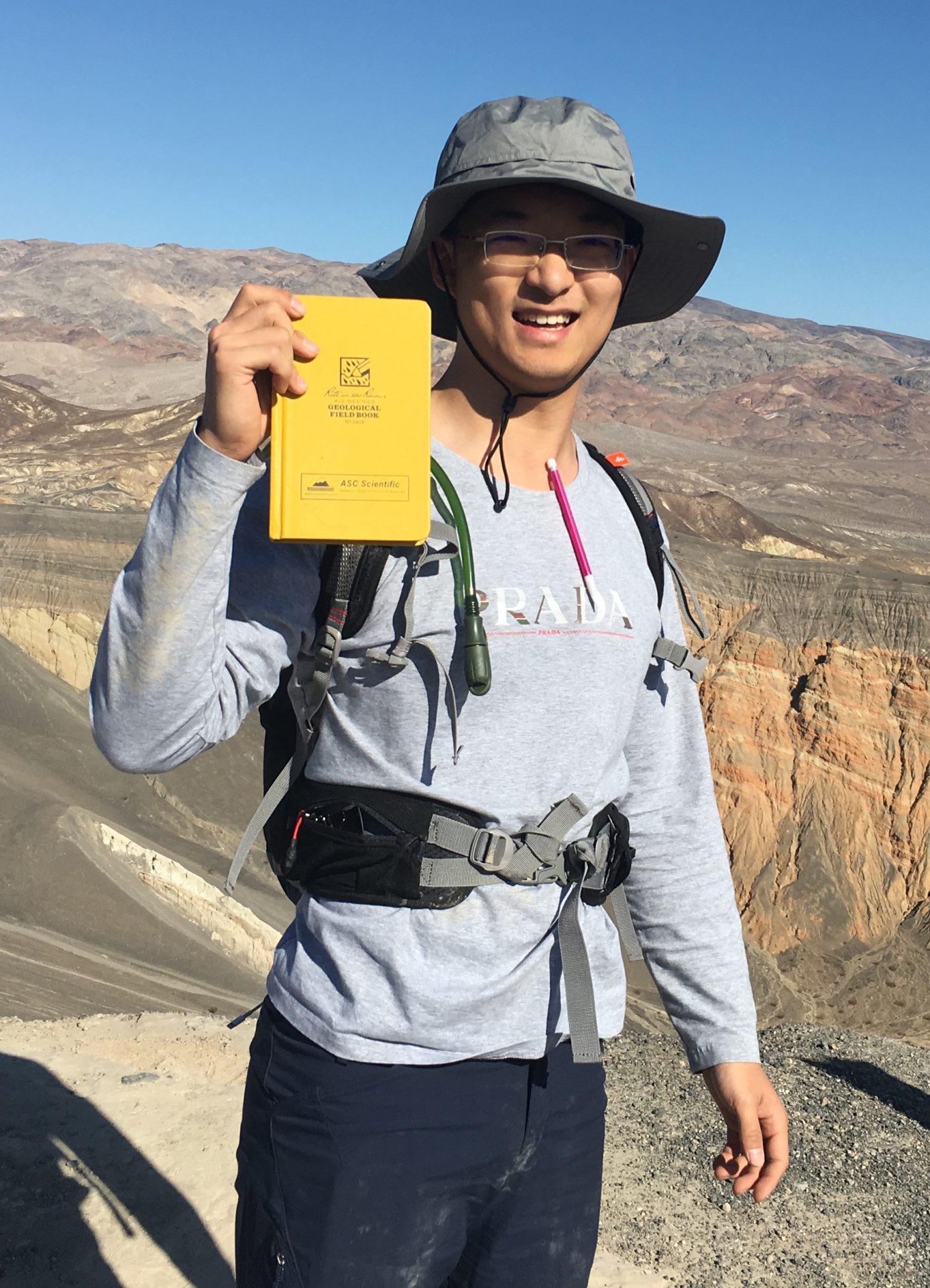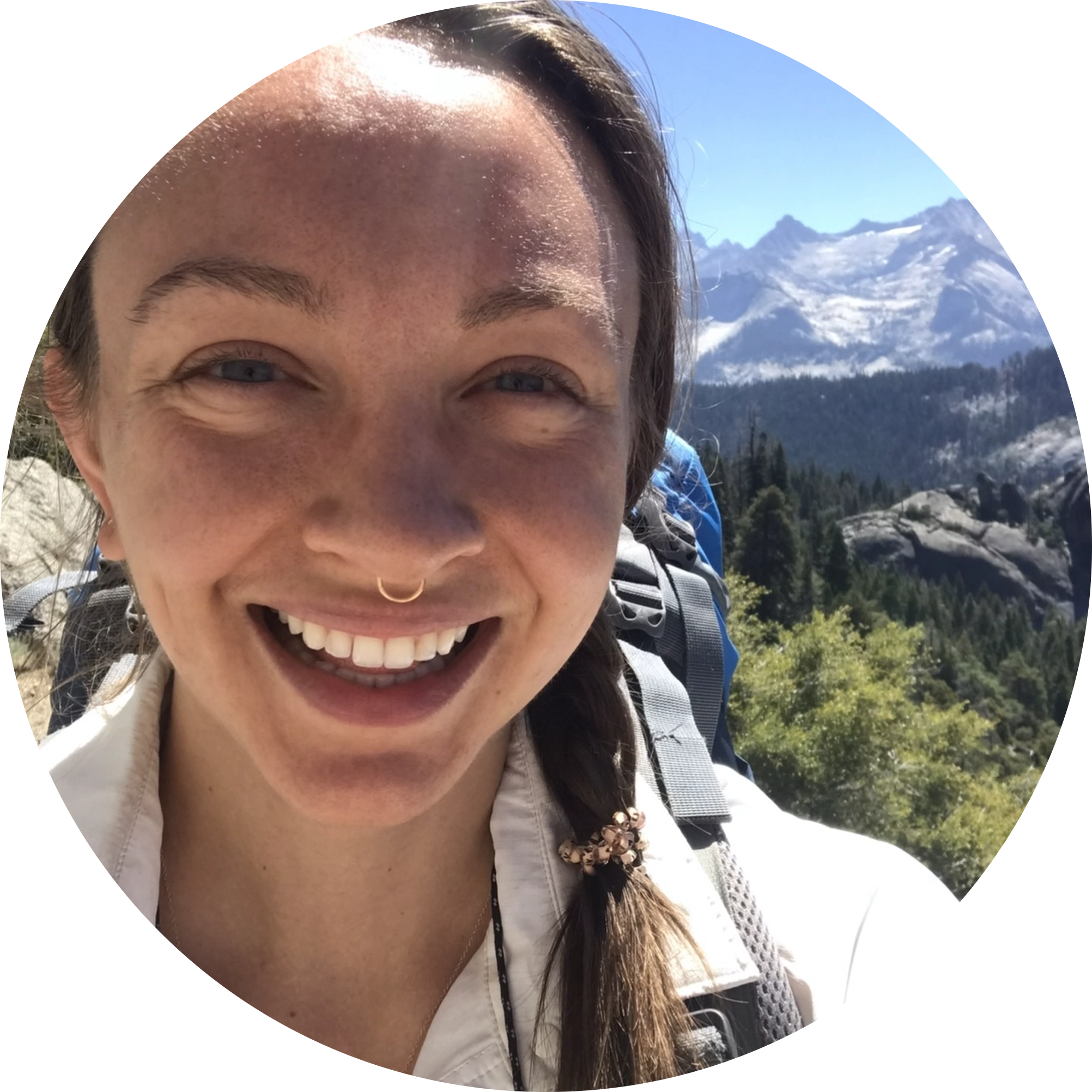I am a marine microbial biogeochemist, interested in learning about how small creatures in the ocean help build the marine ecosystem and cycle carbon as well as other nutrients. I work on timescales that range from the beginning of the Holocene to the current millennium, and on samples that come anywhere from the surface to the bottom of the ocean. My passion stems from a lifelong concern about our climate, and always am down for a good chat about how we can make things right. Apart from science, I also love the outdoors and am an avid tennis player.
Explorer Categories: Earth & Planetary Sciences
Erin Redwing
Erin Redwing is a sixth year PhD student and NSF graduate research fellow in Earth & Planetary Science at UC Berkeley, working on ground-based telescope observations of outer solar system moons with Dr. Imke de Pater. Erin is currently working on observations of Jupiter’s moon Io, which is the most volcanically active body in our solar system, and she hopes to be able to use these observations to understand the relationship between Io’s volcanism and its atmosphere. Erin is also working on developing new techniques for biosignature detection, focused on Enceladus, a moon of Saturn. She is fascinated by the philosophy of science and metaphysics, and their implications for how we determine truth in our society.
Aila Rothweiler
I was born in Germany, conducted my undergraduate studies in chemistry at the Ludwig Maximilian University of Munich and moved to Berkeley in 2021 for the chemistry PhD program. Inspired to address the urgent threats of climate change, my PhD research in inorganic chemistry focuses on the activation and conversion of greenhouse gases, such as carbon dioxide, into value-added products and/or fuels. In my free time I enjoy running and exploring the beaches around Northern California.
Yuancong Gou
My research revolves around Distributed Acoustic Sensing (DAS)—a technology that transforms fiber-optic cables into dense seismic arrays. Its application in submarine cables can improve real-time earthquake detection and earthquake early warning (EEW), while also providing finer insights into the interaction between ocean waves and the solid earth.
Ziman Wu
I’m working on understanding the early diagenesis processes of marine sediments and figuring out how recrystallization changed major geochemistry records. My work for now is studying shallow carbonate sediments collected from Bahama and processing simulation lab experiments and would follow with modeling building.
Yiming Zhang
I am a 4th year PhD student at the Earth and Planetary Science department. I integrate original field observations with laboratory data sets to reconstruct the history of Earth’s magnetic field and tectonic plate configuration. In particular, I study Proterozoic intrusive rocks to gain new insights into the long-term evolution of the intensity of Earth’s magnetic field. I also set up a Quantum Diamond Microscope at UC Berkeley Paleomagnetism Laboratory which enables us to characterize rock magnetic properties at micron-scale. Currently I am also working on integrating paleomagnetic data with thermochronology data to study the uplift history of the Adirondack Mountains, NY.
Marianne Cowherd
I’m a third year PhD student in Environmental Science, Policy, and Management, where I work with Manuela Girotto and Scott Stephens on post-wildfire snow hydrology in the Sierra Nevada. I also work on global climate modeling of future snow defecits and hydrology applications of machine learning methods. I like running, biking, and trying new foods.
Anthony Joseph Fuentes
I am the first of my family to attend college and as such I am particularly motivated to help broaden the participation of underrepresented groups in STEM. The Cretaceous-Paleogene boundary (KPB) is associated with one of the five largest mass extinction events in the geologic record and is typified by the rapid loss of taxa such as the non-avian Dinosaurs. The extinction may serve as an analog to the modern ecological crisis. I will work to develop a high-temporal resolution record of the paleoenvironmental and palaeoecological turnover across the KPB using plant and bacterial biomarkers preserved in low grade coals (lignites) in the Hell Creek region of Montana.
Michelle Devoe ⭐️
I’m a 4th year PhD student in the Earth and Planetary Science Department. I’m developing a methodology to decipher the stress history of Earth’s crust.
Pietro Federico Vannucci
Hi, I’m Pietro! I’m originally from Milan, Italy, but I’ve spent most of my life (from elementary school to university) in St. Louis, MO. I moved out to the Bay to attend a Master’s program here at Cal in Civil and Environmental Engineering and I’ve since completed it and begun to work on my PhD. My research is at the intersection of Environmental Engineering, Chemistry, and Public Health. I work to better understand air quality, both in terms of the processes that drive and control pollution, and the sensors/data analysis techniques we can use to better make sense of measurements. In my spare time, I like to be outside, whether that is cycling, playing tennis, golf, or soccer









